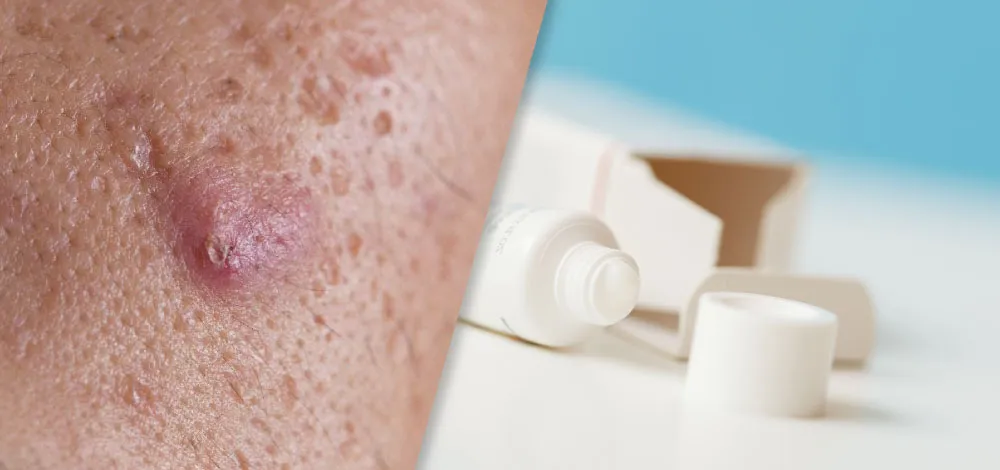
Trifarotene: Your Scar Defense
Greetings, skincare enthusiasts! 👋 Today, we're delving into an intriguing subject: the battle against atrophic acne scars. Imagine this: we're about to unpack the latest findings from a Phase 4 controlled study freshly published in the December 2023 edition of Dermatology and Therapy. This study dives into how Trifarotene steps up to the plate, aiming to diminish the risk of those stubborn acne scars.
So, grab your skincare essentials and get ready for an enlightening journey on how to conquer those blemishes once and for all! 🌟✨
Title - Trifarotene Reduces Risk for Atrophic Acne Scars: Results from A Phase 4 Controlled Study
DOI: 10.1007/s13555-023-01042-7
Published on Dec 2023
Journal – Dermatology and Therapy
Trifarotene isn’t merely a skincare buzzword; it’s a potent ally. In this edition of newsletter This study underscores its effectiveness in tackling moderate-to-severe facial acne and bidding adieu to atrophic scars.
Trifarotene is the most recent topical retinoid to receive regulatory approval for treatment of acne; it has a very low systemic absorption, making it well suited for treatment of large skin areas.
Clinical trials of trifarotene included evaluations of both facial and truncal acne and showed efficacy in both areas.
In this study, we are looking at the effect of Trifarotene on acne scars.
Methods
The study was conducted as a randomized, split-face, double-blind trial involving 121 subjects with moderate-to-severe facial acne and atrophic scars. Here’s how the study was designed:
- Participants: Individuals with both active acne and atrophic scars were recruited.
- Treatment: Trifarotene was applied to one side of the face, while the other side received a vehicle (placebo) treatment. This split-face design allowed direct comparison.
- Duration: The treatment was administered once daily for 24 weeks.
- Assessment Parameters:Atrophic Scar Count: The number of atrophic scars was counted and compared between the two sides.Scar Global Assessment: Researchers evaluated the overall improvement in atrophic scars.Acne Lesion Counts: Both sides were assessed for active acne lesions (papules, pustules, etc.).Investigator Global Assessment: An overall assessment of acne severity.
- Safety Monitoring: Adverse events were closely monitored.
Results
The trifarotene-treated side demonstrated significant improvements compared to the vehicle-treated side:
- Atrophic Scars:Trifarotene led to a greater reduction in total atrophic scar count.Scar global assessment favored the trifarotene-treated side.
- Acne Vulgaris:Investigator global assessment success rates were higher on the trifarotene-treated side.Acne lesion counts were lower.
- Safety Profile:Trifarotene was well tolerated, with no serious adverse events reported2.
Conclusions
Trifarotene is effective in treating moderate-to-severe facial acne and reducing atrophic acne scars. Remarkably, improvements were observed as early as week 2 of treatment. This study highlights the potential of trifarotene as a valuable addition to acne scar management.
Remember, if you’re dealing with acne or scars, consult a dermatologist for personalized advice.
Takeaways-
Trifarotene stands out from other retinoids due to its selective targeting of the retinoic acid receptor gamma (RAR-γ).
This distinct mechanism allows trifarotene to offer a more targeted and precise approach to acne management, ultimately reducing the risk of scarring associated with acne.
Share